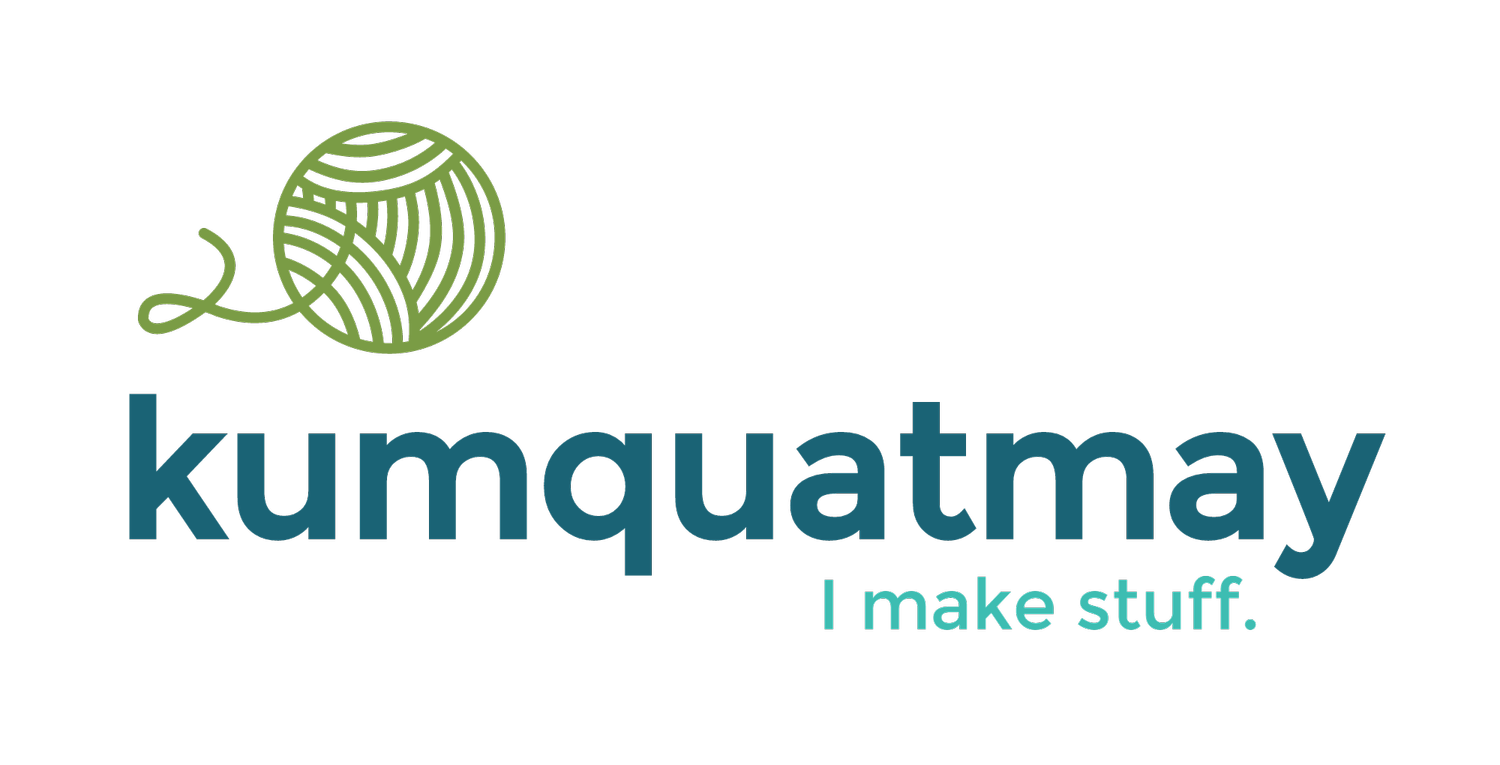I like wet blocking for most uses because it's the easiest and can be the most dramatic difference. It's basically just washing whatever you made. I soaked this sweater in warm water with a dash of Soak wool wash for 15 minutes, drained it, then pressed out the water. Because this is madelinetosh superwash yarn, I spun more of the water out in the spin cycle of my washer. Then I laid it out flat, shaped it, and left out to dry.
Because it's superwash (wool yarn that's been treated to be able to be machine dried without felting or shrinking), and superwash has a tendency to grow unless snapped back into shape with a dryer, when it's mostly dry, I'll probably give it a short whirl in the dryer. I didn't want the bottom ribbing to pull in that much so I took this opportunity to make sure to gently tug it out a bit. I did want the neckline and the sleeve cuffs to nudge in, so I made sure to not pull those out at all.
Wet blocking is awesome for shawls and lace because you generally want to pull the shit out of the shawl using pins to hold it in place to open up the lace pattern.
I also sometimes steam block, where you use steam from a steamer or an iron to saturate the fabric with the steam and gently pull and pat into shape. The thing with steam blocking is that if you have a yarn that's acrylic or synthetic, you can "kill" the fabric with too much steam--this means that you lose all the elasticity and bounce permanently. It can be done on purpose of you want a scarf with a ton of drape, but no body or bounce, but it's generally not a great thing for garments. If the edgings on the sweater look a little pulled out with the wet blocking, even after the dryer, I'll hit them with a shot of steam and see how they react.
I block everything except mittens, socks, and most hats. These things generally don't need blocking in my mind because they're formfitting and will essentially be blocked in wear. Socks especially. Lace or drapey hats, or anything that needs to be in a specific shape I block.
beginner knitters always get frustrated because their stuff never looks as smooth and even as they feel it should. It doesn't look like the picture on Ravelry, or like that sweater that grandma made years ago. Well, the pic on Ravelry was blocked, and those older knitted pieces look more even than everything else because they've been washed a zillion times and the stitches have all evened out.






